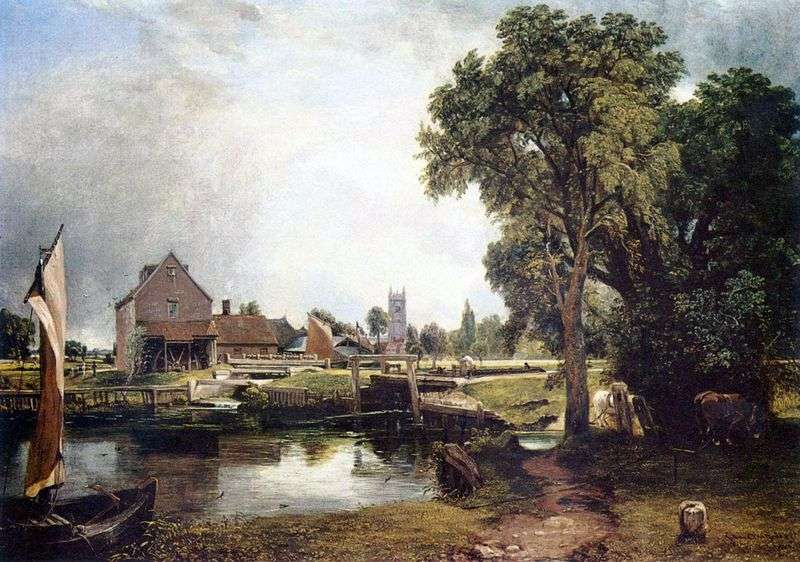
This landscape is not at all poetic. Instead of heavenly tabernacles, the viewer sees a mill surrounded by farm buildings in front of him. The hedges squinted, the land at the water’s edge was trampled. But in this unethical there is a – a warm, smelling hay and a warm stove – poetry.
Painting as part of natural philosophy “Painting is a science,” Constable said, “and it should be regarded as a study of the laws of nature.” In that case, it is permissible to consider landscape painting as part of natural philosophy, and pictures as experiments. ” It seems that Constable wrote his “experiments” as if he could not tear himself away from nature. Another small smear. One more detail. Another last look at that cloud that hides behind the trees.
He nurtured his landscapes, nurtured them in himself, infinitely sketching in his notebook what another painter would not even have paid attention to. The “scientific method” of the master was to completely subordinate nature, in following her everywhere, wherever she led him. Later this method took advantage of the younger generation of “natural philosophers” – impressionists.
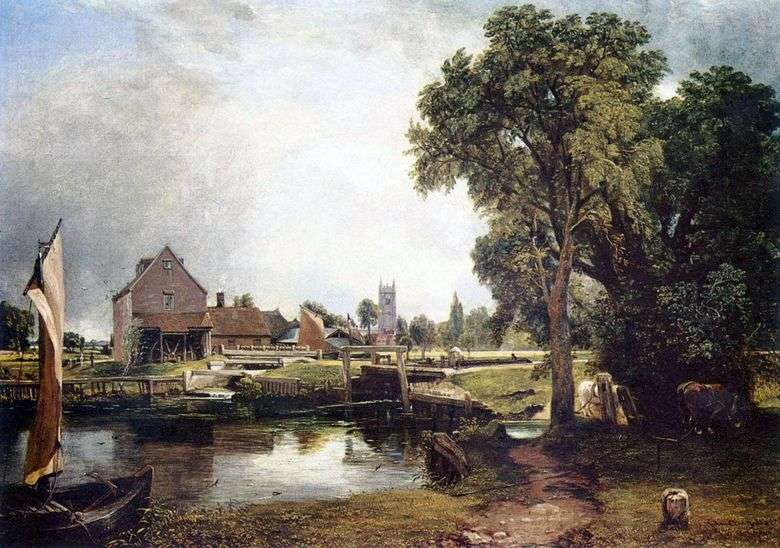 Dedham Mill – John Constable
Dedham Mill – John Constable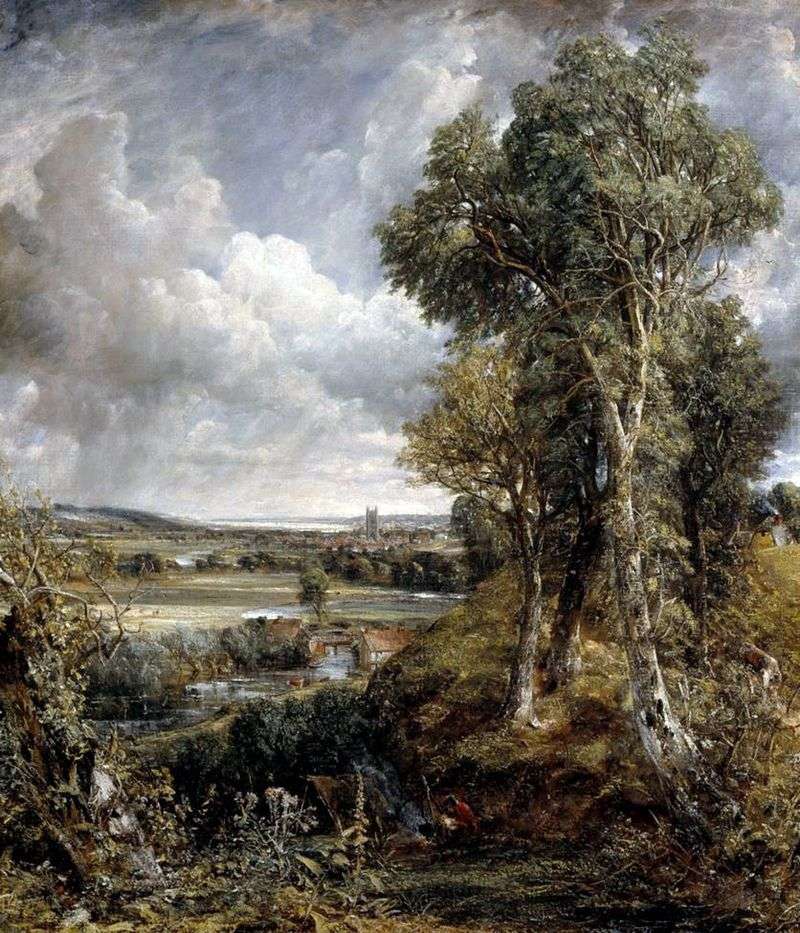 Dedham Valley by John Constable
Dedham Valley by John Constable Flatford mill (Scene on the navigable river) by John Constable
Flatford mill (Scene on the navigable river) by John Constable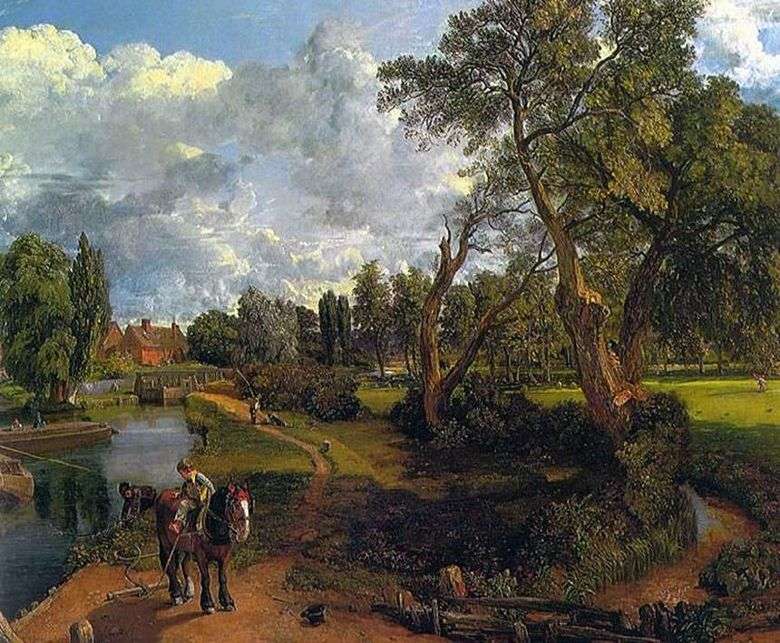 Flatford Mill (Escena en un río navegable) – John Constable
Flatford Mill (Escena en un río navegable) – John Constable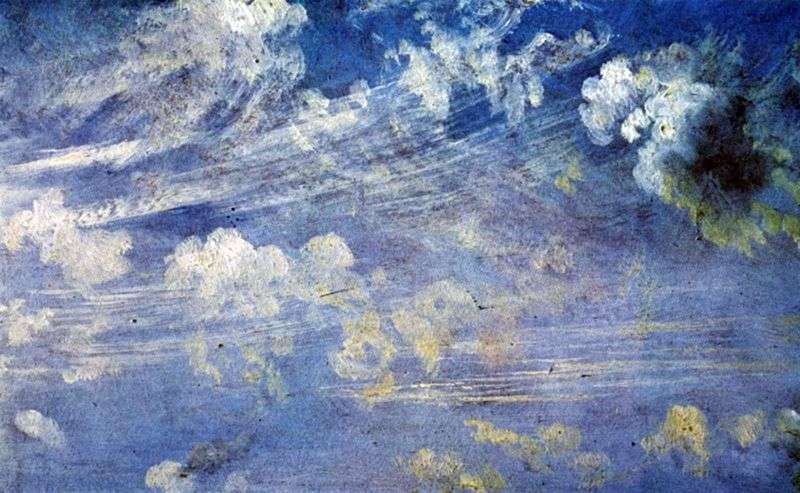 Cirrhous clouds by John Constable
Cirrhous clouds by John Constable Valle de Dedham – John Constable
Valle de Dedham – John Constable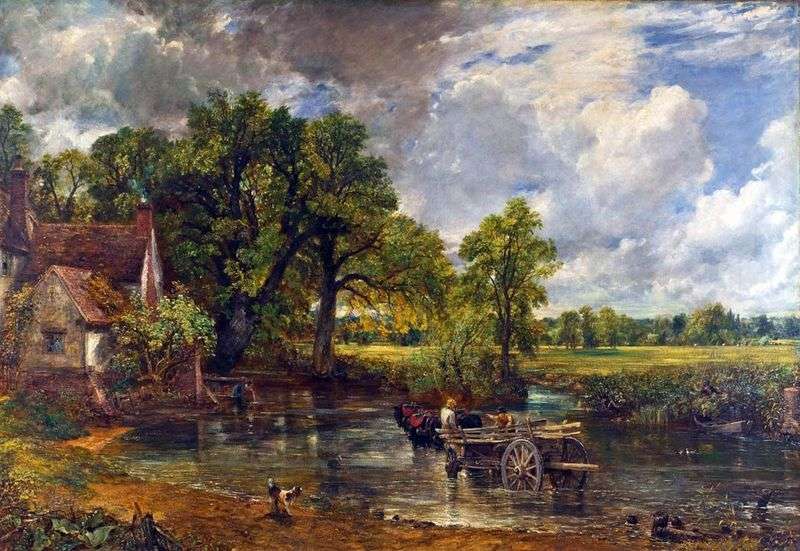 Cart for hay by John Constable
Cart for hay by John Constable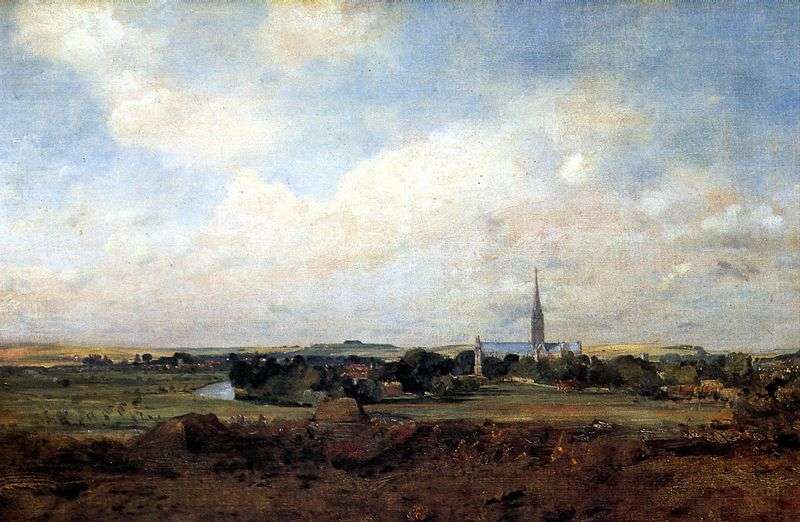 View of Salisbury by John Constable
View of Salisbury by John Constable